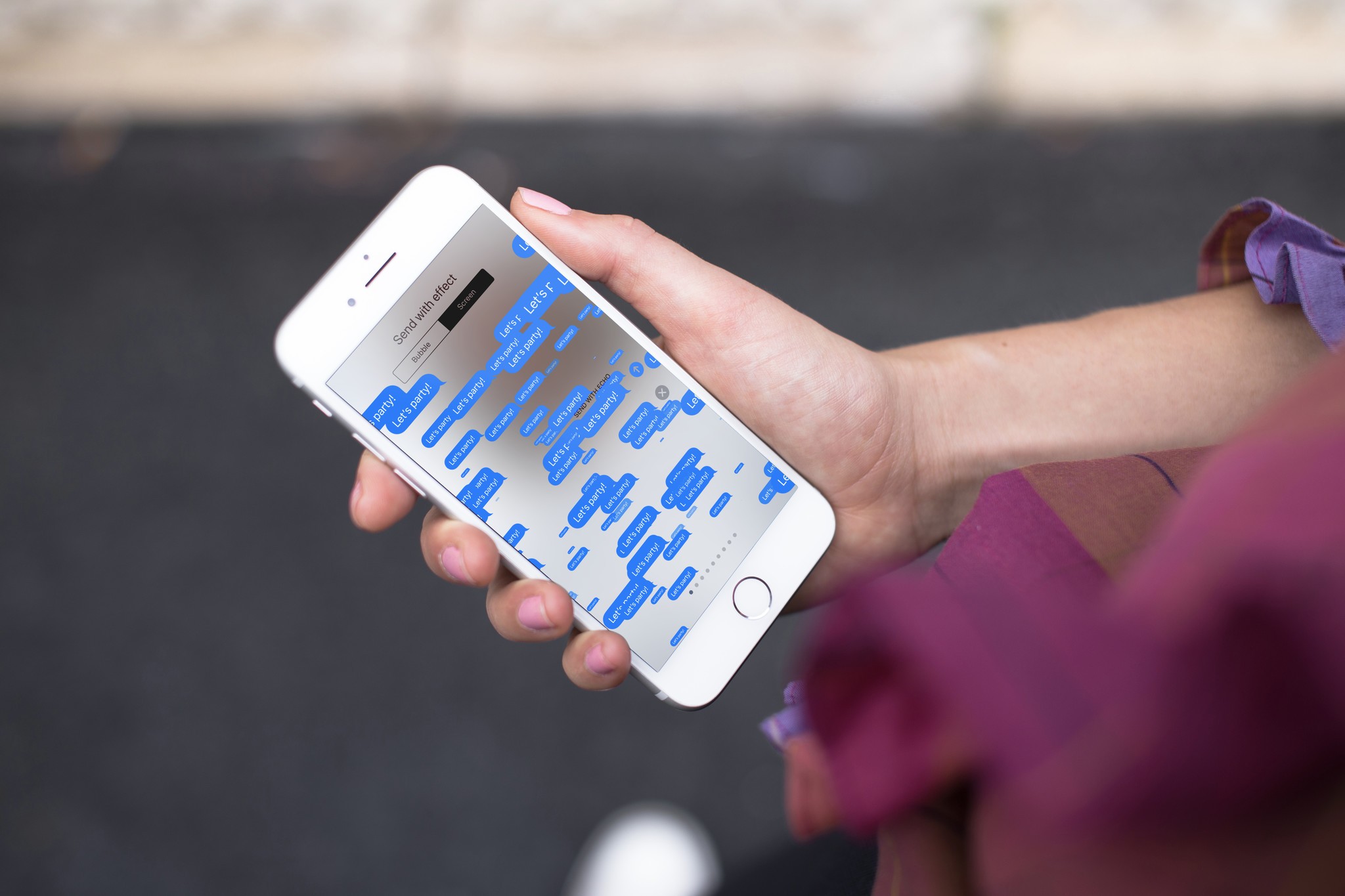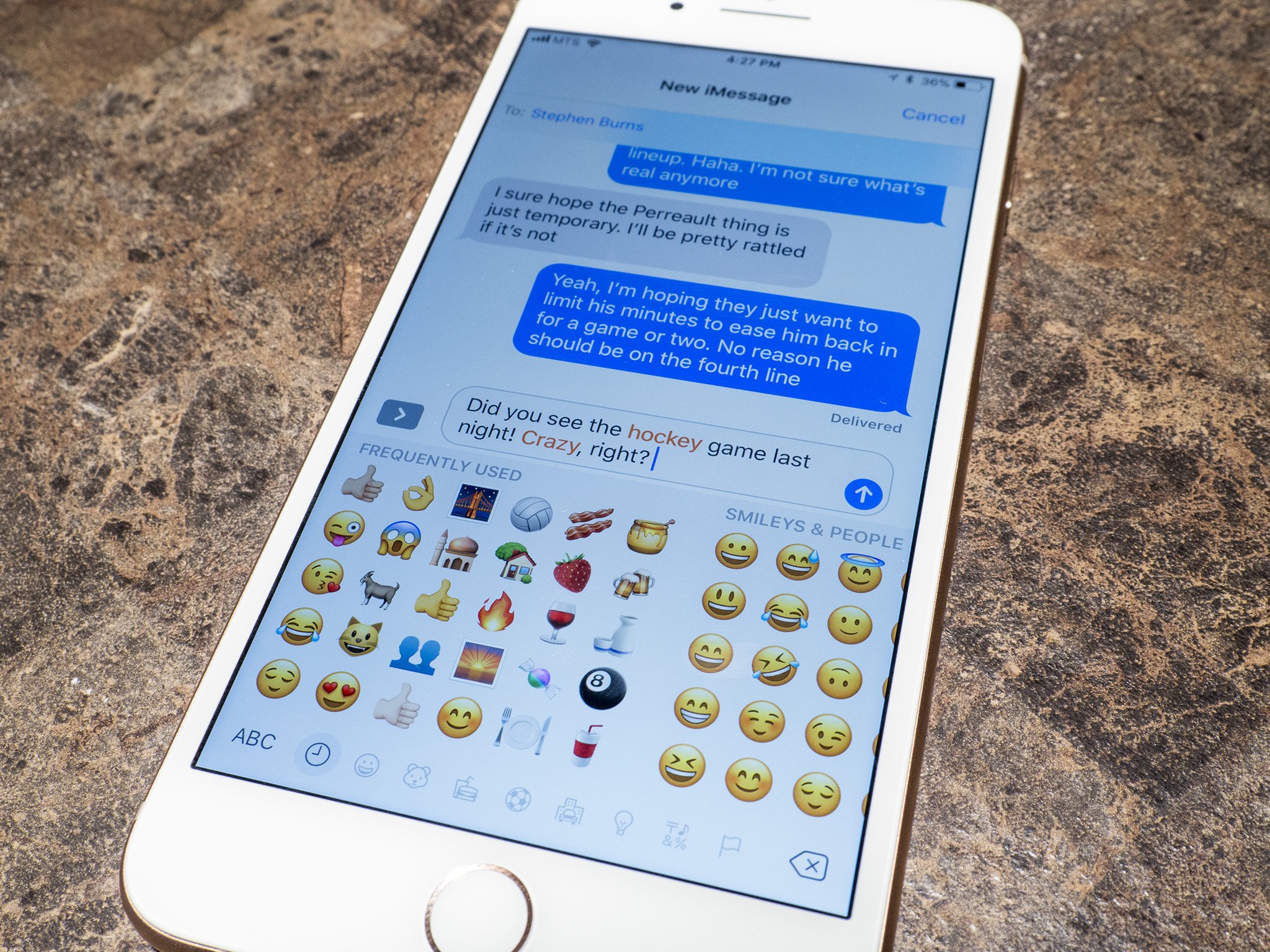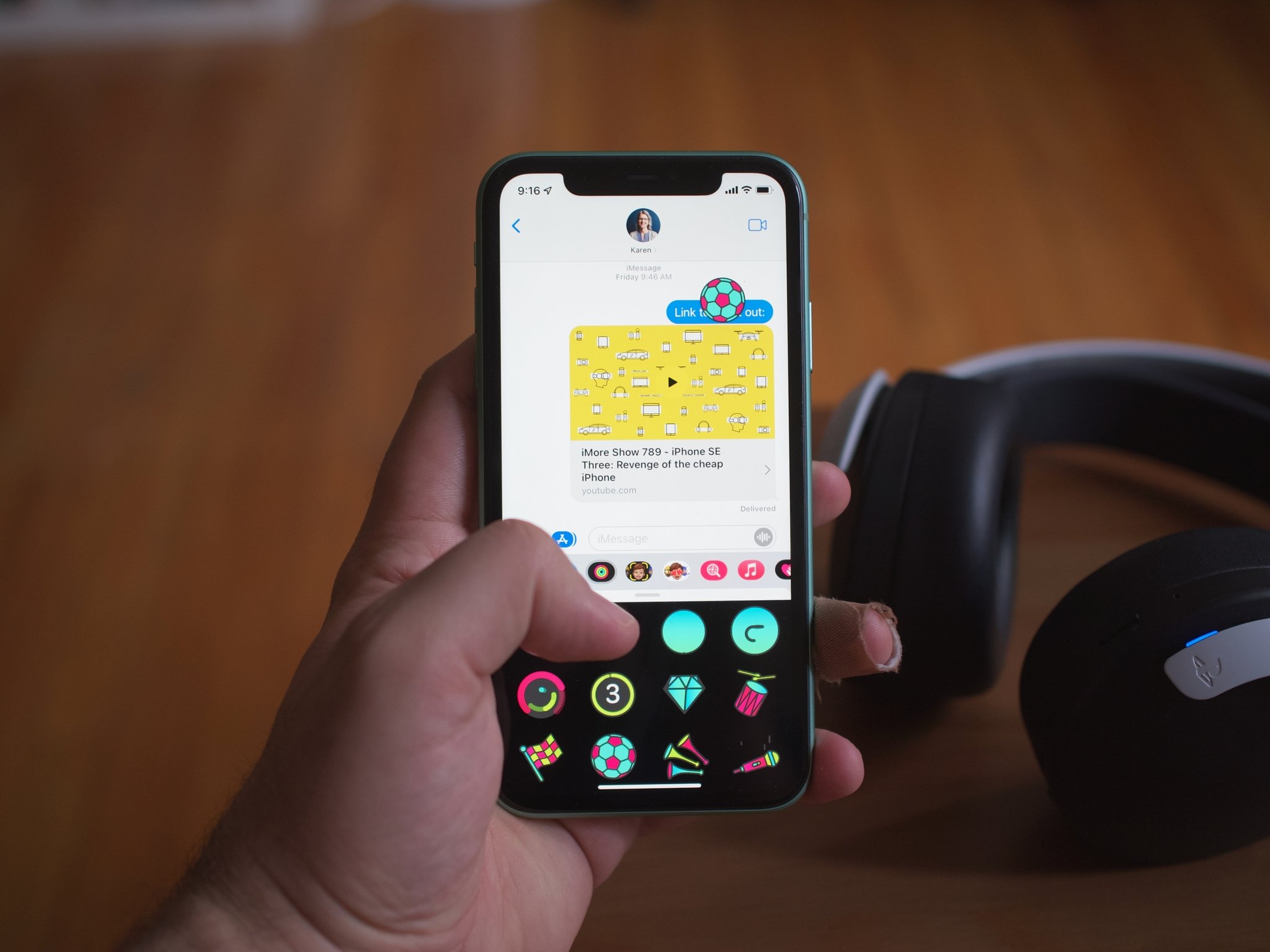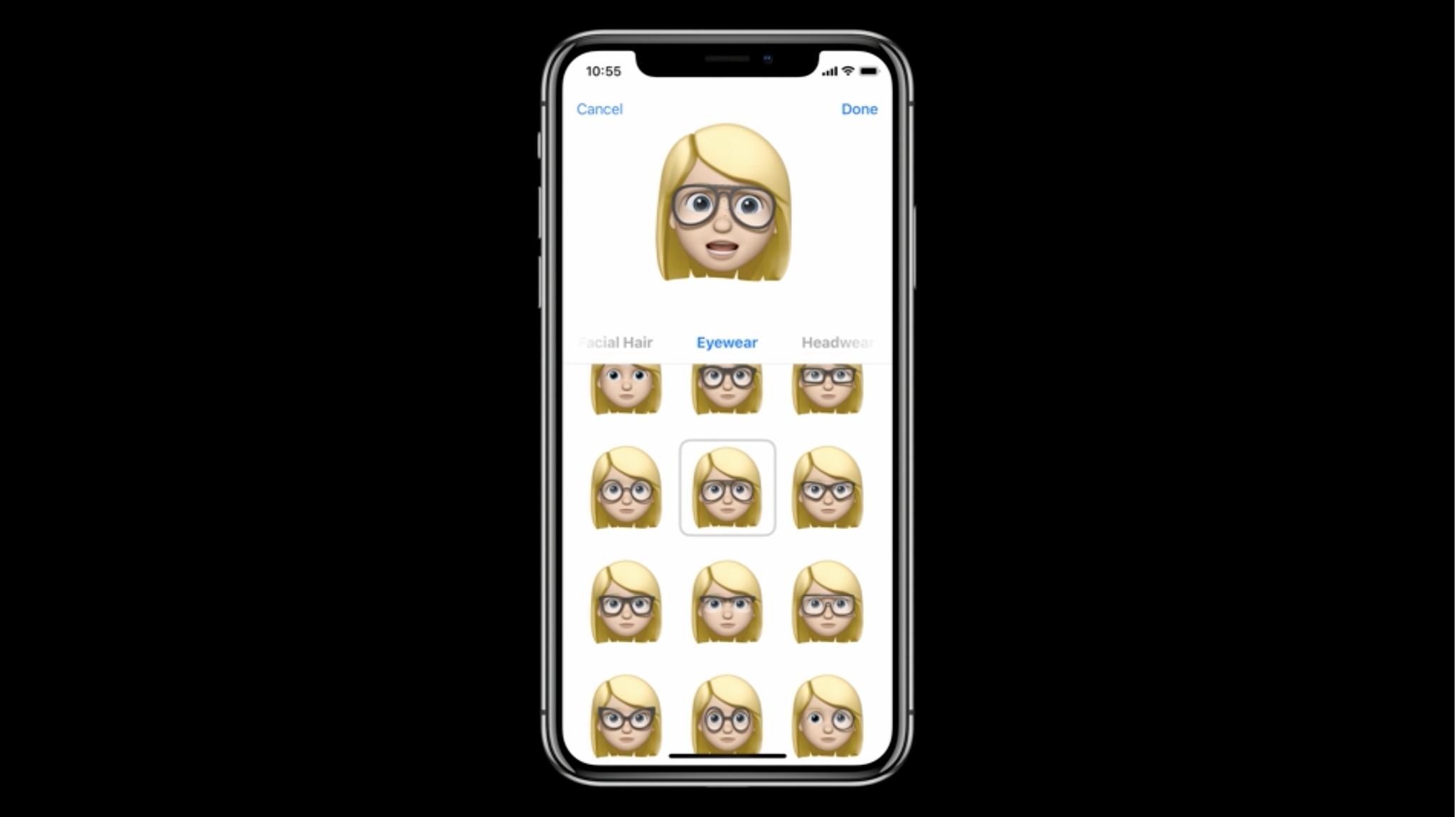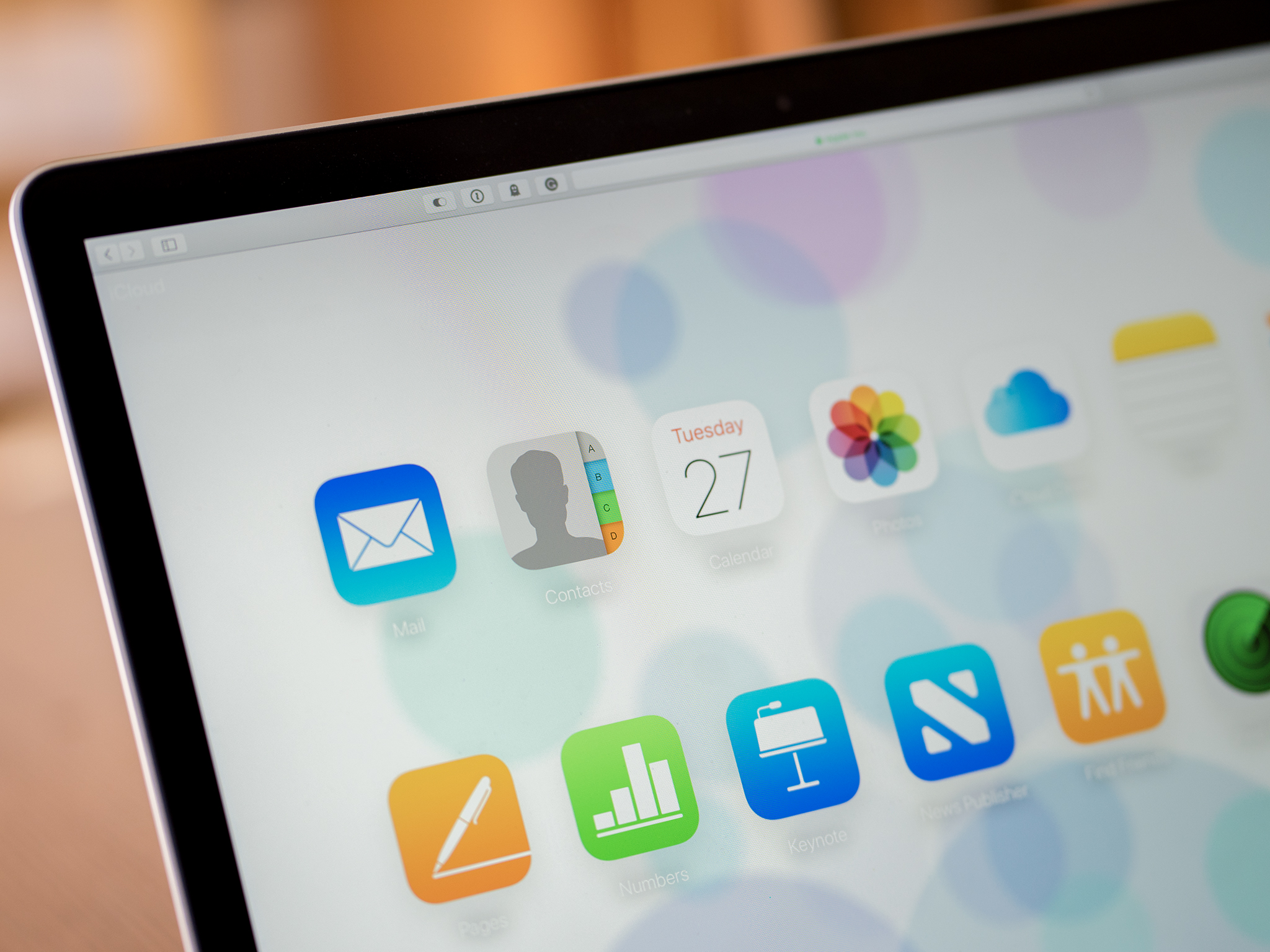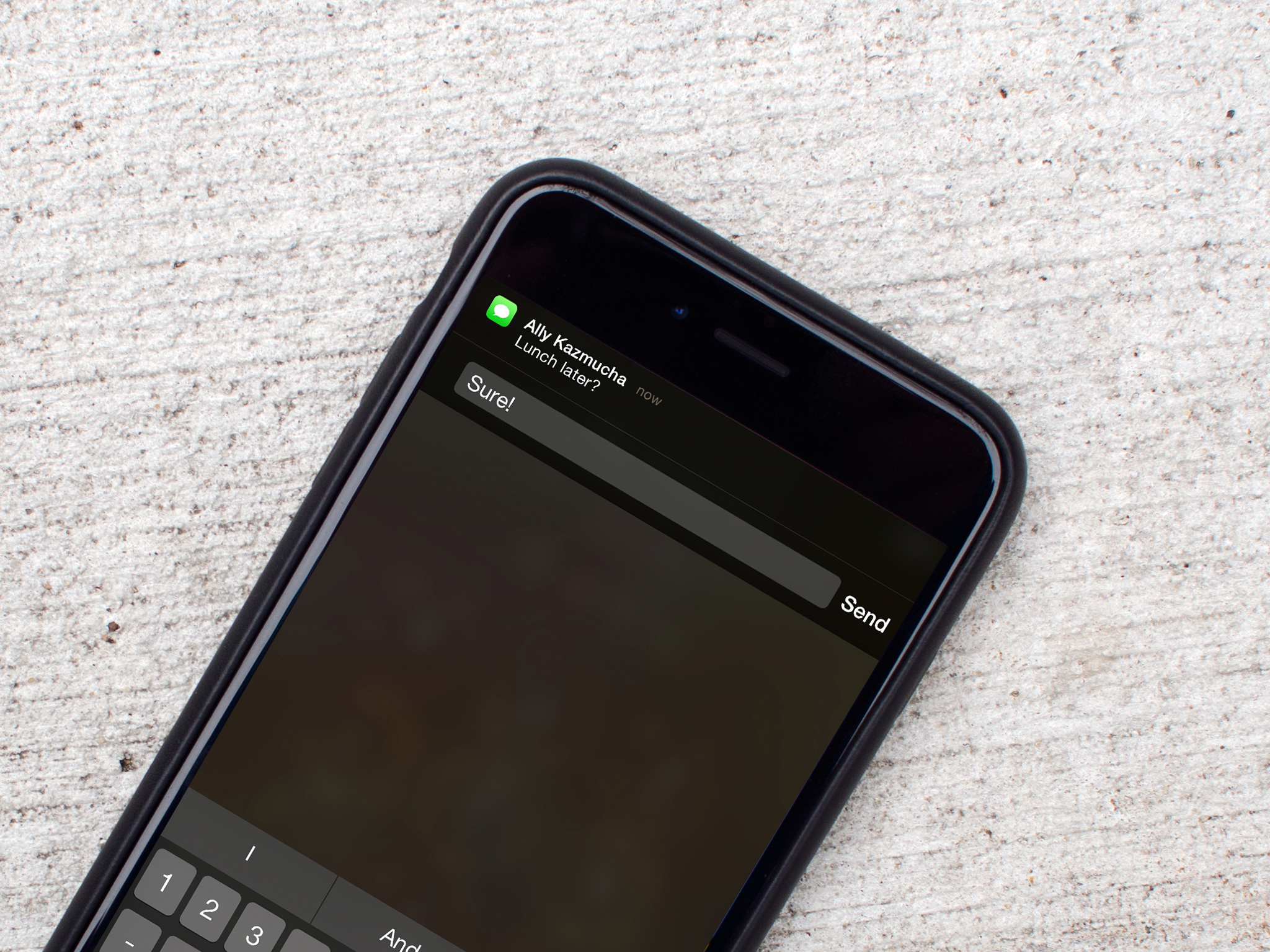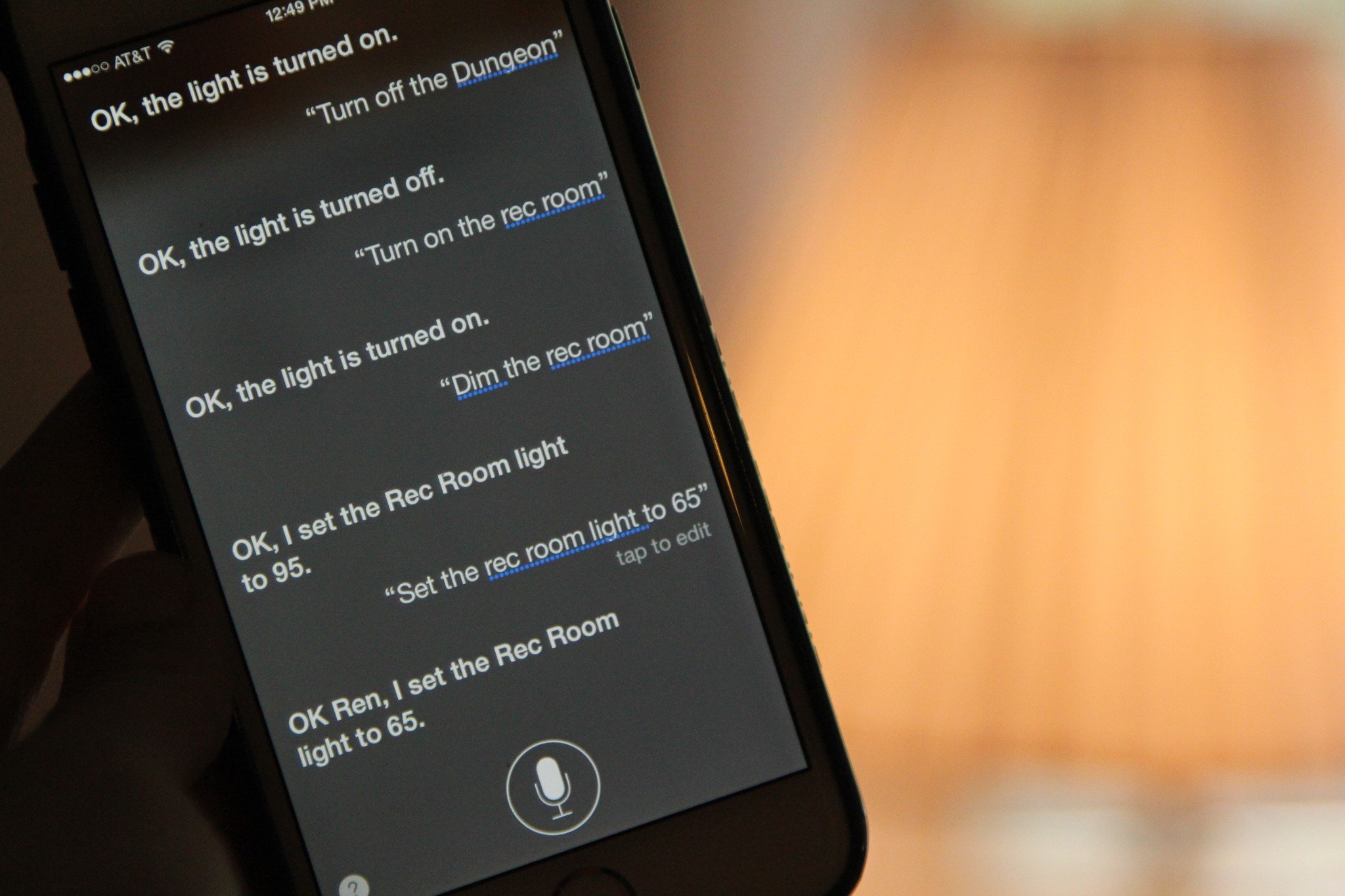Messages app for iPhone and iPad: The ultimate guide

- Using bubbles and screen effects
- How emoji and Tapbacks work
- Using Digital Touch and handwriting
- Experiencing stickers and apps in iMessage
- Using animoji and memoii
- Set up, activate, and deactivate iMessage for iPhone and iPad
- Sending iMessages
- Quickly send and reply with iMessage
- Delete, block, mute, or report spam iMessages
- Use iMessage with Siri and shortcuts
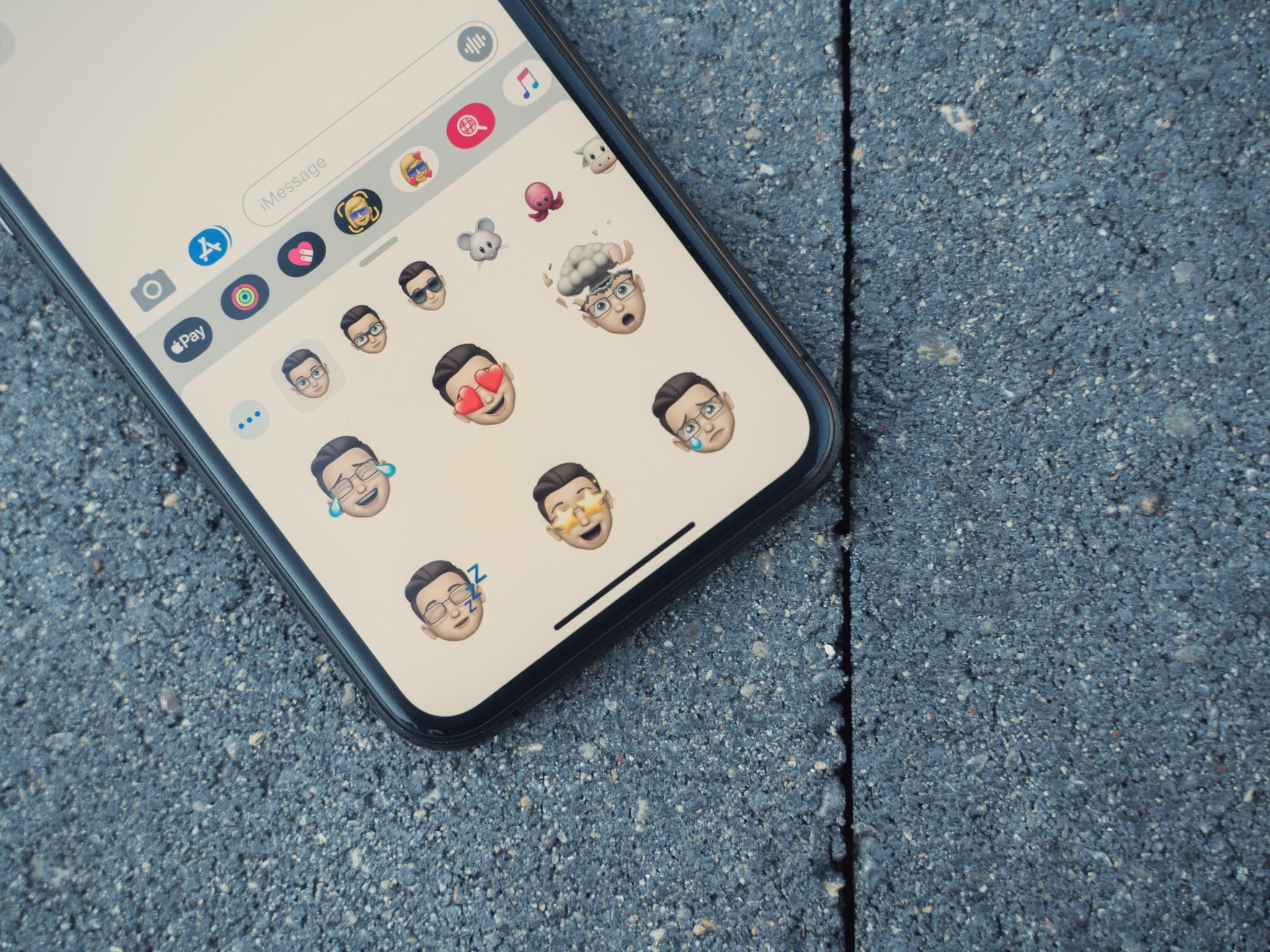
iMessage is Apple's built-in instant messaging (IM) service. It lets you send text, picture, video, sound, and location quickly and easily to anyone using iMessage on iPhone, iPad, Mac, or Apple Watch. There's so much you can do with iMessage, which has picked up lots of new features over the years.
Here's how to maneuver through iMessage on the best iPhones and best iPads, including the iPhone 13 Pro.
How bubble and screen effects work in iMessage
Apple offers lots of unique features in iMessages, starting with the ability to add bubble and other screen effects. You can send text bubbles using slam, loud, gentle, or invisible ink tools. Full-screen effects include sending multiple bubbles simultaneously using an echo feature, a spotlight option, etc. Effects also work with memoji.
How emoji and Tapbacks work in iMessage
Messages also take emoji to the next level. If that doesn't sound important to you, you haven't seen the kind of cheers emojis get on stage or the amount of interest they generate on social media. They're big, smiley, and trendy, as are Tapbacks.
How Digital Touch and handwriting work in iMessage
Digital Touch — the ability to send a hand-drawn Sketch, haptic Taps, or sensor-read Heartbeats — first debuted on the Apple Watch. Now all those communication features are available on iPhones and iPads as well.
How stickers and apps work in iMessage
In the iMessage App Store, you can find sticker packs, including ones that are animated, that you can post, send, modify, and stamp on top of other messages. And developers can create apps that let you share content, edit photos, play games, send payments, and collaborate with others, right inside Messages. It's great for users, who get much richer functionality, and developers, who get a chance to become as viral as the next hot meme.
How to use animoji and memoji in iMessage
Animoji and Memoji are two other ways to express yourself in Messages on iPhone and iPad. Animoji uses 3D emojis that map your face, allowing you to project your voice through an animated robot, alien, unicorn, or monkey that opens its mouth, smiles, and moves when you do.
iMore offers spot-on advice and guidance from our team of experts, with decades of Apple device experience to lean on. Learn more with iMore!
Memoji lets users create 3D avatars of themselves that you can use similarly to Animoji. The only difference is that your 3D buddy on-screen looks like you!
How to set up, activate, and deactivate iMessage for iPhone and iPad
However, before you can start using messages and everything else, you need to set it up. If you enabled iCloud on your iPhone or iPad, there's a chance iMessage was enabled as well. If not, you can turn it on quickly and customize it just the way you like it.
If you stop using your iPhone or switch to Android, Apple has to stop sending iMessages instead of SMS. The best way to make sure Apple knows you've changed and make sure you don't miss any messages from those still using iOS is to turn off iMessage before you go. We have a separate document to teach you how to get started with iMessage on iPhone and iPad.
How to send iMessages on IPhone or iPad
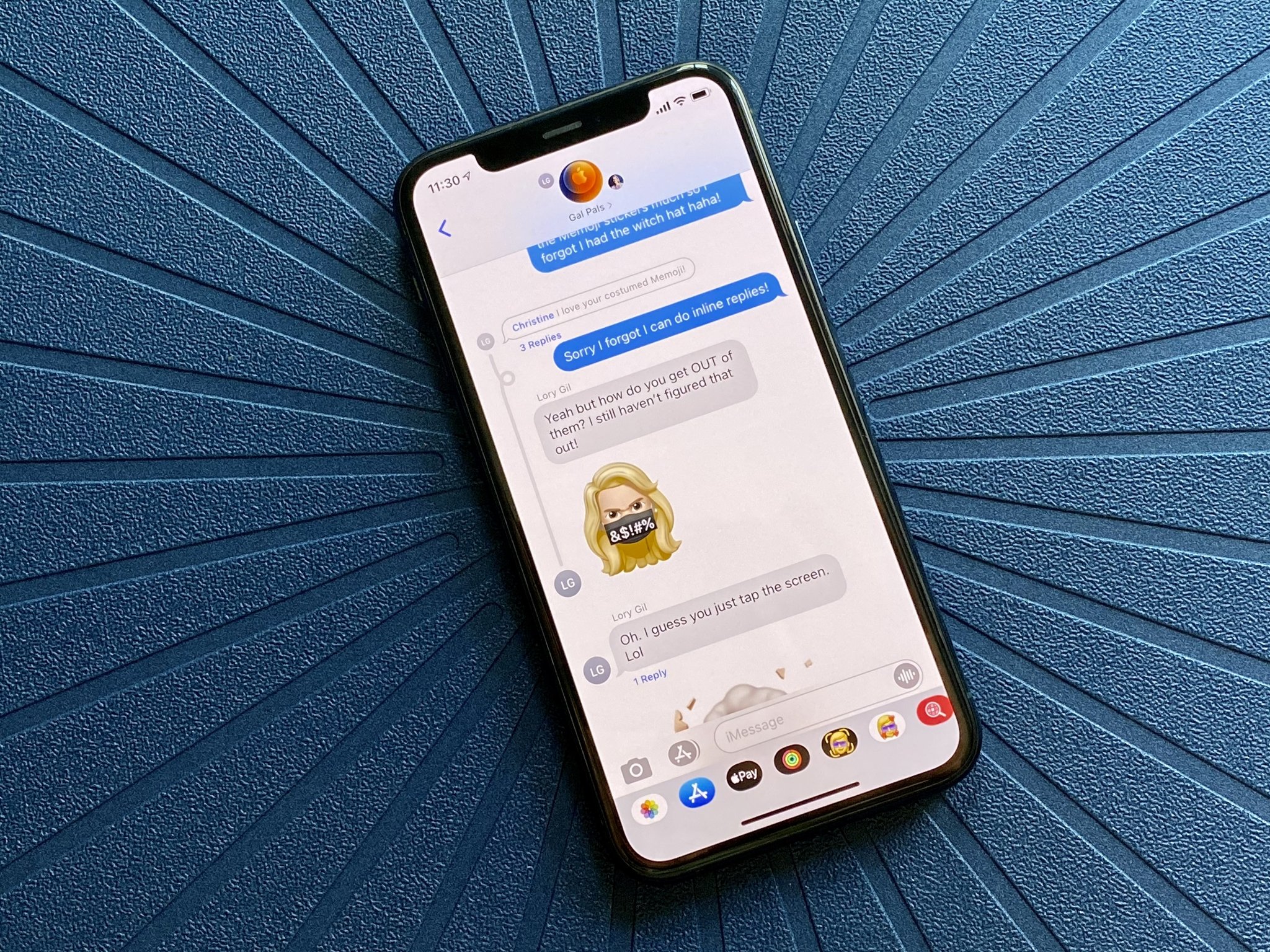
With the Messages app, you can send all kinds of things to all kinds of people. You can send iMessages over Wi-Fi or cellular data to anyone and everyone using an iPhone, iPad, Mac, iPod touch, or Apple Watch. That includes text, pictures, audio, video, location, and more. You can also send standard carrier SMS/MMS text and picture messages to anyone on any phone. Here's how!
The Messages app also lets you forward iMessages. You can forward the message to one or multiple contacts or copy the contents and paste them into an entirely new message. Copying is also a great way to get a message into another app, like Mail, Notes, or Safari.
How to share location, contacts, and more with iMessage on iPhone or iPad
iMessage lets you send more than just text, images, and video. You can also send contact cards , voice memos, map locations, and more. You do have to go to other apps to fetch the information you want to send, but the Share Sheet makes it easy to do once you're there.
How to quickly send and reply with iMessage for iPhone or iPad
Once upon a time, you had to slowly and methodically tap your way through apps and between them to send and respond to messages. Thanks to the Messages app and Notification Center, though, you can quickly reply from any app, and immediately send soundbites, selfies, location, and more right over iMessage.
How to use iMessage groups on iPhone and iPad
You don't have to send iMessages to just one person. Thanks to groups, you can share text, photos, videos, soundbites, location — almost anything you like — with two people, three people, and more. You can even name a conversation thread to make it easier to find and keep track of or mute it for when it's getting too noisy to follow.
How to delete, block, mute, or report spam iMessages on iPhone and iPad
You can't delete iMessages or SMS/MMS on someone else's iPhone or iPad — so always be careful what you send — but you can delete any record of them from your iPhone or iPad. So, whether you don't want to be reminded of an embarrassing or hurtful text, or you want to get rid of storage-consuming pictures and videos, the Messages app lets you wipe them out or set them to expire automatically.
And just because anyone can send you an iMessage on your iPhone or iPad doesn't mean you have to let them. If you're getting messaged too often, if you keep getting messages meant for someone else, or if — ugh! — you're getting spam, you can take action against it. Muting, blocking, and reporting are all here for you.
How to use iMessage with Siri and shortcuts
Whether you're driving or your iPhone or iPad is simply across the room, you can combine iMessage with Apple's virtual assistant, Siri to send texts and even have incoming texts read to you, all with the power of your voice.
If a voice isn't your thing, there are also a variety of gesture shortcuts built into Messages. Not all of them are obvious, but they are useful — once you figure them out!
There's much you can do
As you can see, there's a lot you can do with the built-in iMessage app for iPhones and iPads. Who will you contact today?
Updated April 2022: Includes information on latest versions of iOS and iPadOS.

Bryan M. Wolfe has written about technology for over a decade on various websites, including TechRadar, AppAdvice, and many more. Before this, he worked in the technology field across different industries, including healthcare and education. He’s currently iMore’s lead on all things Mac and macOS, although he also loves covering iPhone, iPad, and Apple Watch. Bryan enjoys watching his favorite sports teams, traveling, and driving around his teenage daughter to her latest stage show, audition, or school event in his spare time. He also keeps busy walking his black and white cocker spaniel, Izzy, and trying new coffees and liquid grapes.
